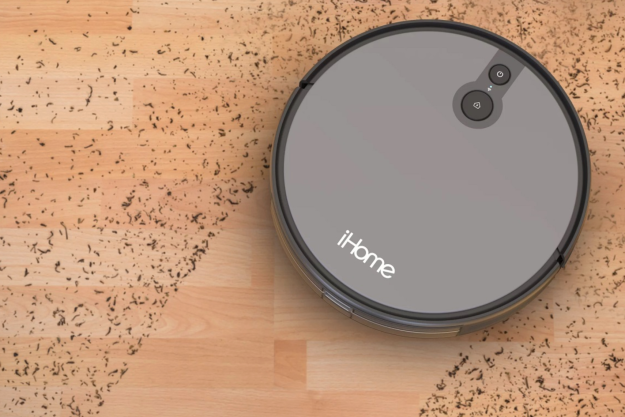First and foremost, TruSense keeps tabs on its user’s daily habits, tracking time spent sleeping, in the kitchen, or leaving the house. If a pattern changes, TruSense takes note, and sends a notification to a customizable circle of contacts, as well as the user. If need be, the system is also capable of notifying TruSense’s 24/7 emergency monitoring center by way of the voice-controlled Amazon Echo Dot.
Unlike many other emergency systems, which require a wearable in order to deliver an emergency response, the TruSense sensors are claimed to “operate together as a new kind of personal emergency response system.” Simply by detecting when daily activity schedules experience a significant shift, these smart sensors can send alerts to potentially prevent emergencies or identify a more serious medical issue.
“We are in a caregiving crises in this country,” said Rob Deubell, vice president of TruSense. Citing a growing aging population as well as costly and unreliable in-home care options, Deubell noted that seniors are having an increasingly difficult time finding adequate care. “TruSense’s smart home technology was designed to give the nearly 40 million seniors that live alone today an option that makes it easier to stay in their own homes longer, while providing their caregivers and loved ones with more information on their health and wellness when they cannot be there, bringing assurance and peace of mind to the entire family,” he added.
TruSense’s hardware will set a family back $199, and a monthly monitoring subscription costs an additional $49 a month, making this holistic system considerably more affordable than traditional assisted care solutions. The TruSense is now available for purchase on the company website.


